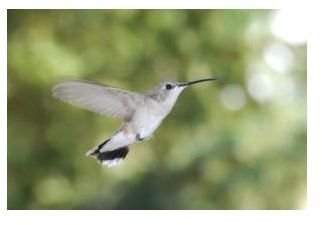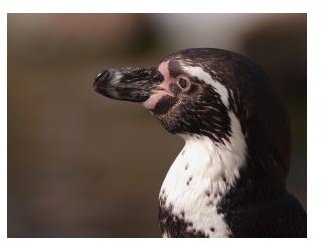Wildlife Photography Birding: How to Capture Great Photos When You Are Bird Watching
Birding
Birding is an “in word” for the bird watching community. This is often characterized by people who watch birds, identify species, and keep logs of them. This is often the basic version of birding that is unaided by technology, but new digital photography technology has added the ability to take high quality images as documentation of the sighting. This form of wildlife photography for birding is a mixture of creative image capture and the keeping of records, both of which come together as a unique mix of activities. Here are a few tips for wildlife photography for birding with DSLR cameras.
Be Invisible
The most important principle to follow with wildlife photography for birding is to follow the principles of birding itself. Bird watching is largely based around a non-interventionist policy with the birds. This means that you are meant to be a placid observer off to the side, except this time you are in search of a photo rather than simply a sighting. To do this you have to make sure that you make photographic choices that do not displace the birds what so ever, but also do not disturb them in the slightest.
This means that you should first try to stabilize the camera the best that you can, but with the least amount of associated equipment. A tripod is going to be too difficult to hike into the location for the bird watching, and the set up may be both difficult and draw attention to yourself. Along with this you are going to want to avoid any type of flash as this will scare the birds and likely send them flying. Portable light kits are going to be out of the question entirely, except in rare occasions with nocturnal birds.
Shutter Speed
One of the most important technical considerations you will want to make with your DSLR camera when performing wildlife photography for

birding is to bring up the shutter speed. A faster shutter speed is going to do two things for you, lower the overall light that is allowed in and capture motion better. Since you will be in outdoor locations you will likely be able to bring up the shutter speed without brining down necessary light, and this will give you the option to keep the iris where it is at so that you can consider depth of field separate from the light. You also may want to be able to capture a clear still image of the birds in flight, especially with birds that have a quick pattern of movement like hummingbirds.
Telephoto Lens
Though you may be able to work with a standard lens, such as an 80mm, you may want to be able to look further. Since you want to remain as invisible to the birds as possible, you will need to position yourself a respectable distance from the subjects. This is going to require a telephoto lens that will allow you to really draw into the image from a great distance, such as a high impact zoom lens or something running from 180-200mm. This will allow you to remain more stationary from a practical distance and take more chances since your movement will not directly affect the birds.
References
Photos: Royalty Free Images from www.sxc.hu.
Source: author’s own experience.
